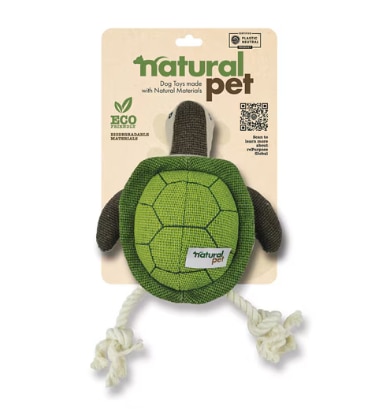Summer is in full swing, and the hottest days are likely still to come. As you try to keep cool, don’t forget to shelter your pet from the warmth of the sun.
Hot weather can be as dangerous for your pets as it is for you.
“Heatstroke is the primary concern for pets exposed to high temperatures,” says Dr. Erin Katribe, a veterinarian and director of national veterinary programs at Best Friends Animal Society.
Dogs and cats can suffer heatstroke if their internal body temperature rises too high.
Normally, these pets should maintain a healthy body temperature of about 100 to 102.5 degrees Fahrenheit. As their body temperature rises beyond that point, danger ensues.
At 108 degrees for dogs or 106 degrees for cats, permanent organ damage and death become possible.
Some pets with flat faces — such as pugs and Persian cats — are at higher risk for heatstroke because it is more challenging for them to pant.
Dogs and cats are not the only animals at risk in the heat.
“Pets such as birds, bunnies, guinea pigs and hamsters are all susceptible to potential heatstroke, and should be protected as you would with a dog or cat,” Katribe says.
Signs that the summer heat is too much for your dog
Signs that your pet might be overheating include:
- Excessive panting
- Drooling
- Breathing difficulties
- A higher heart or respiratory rate
- Weakness or stupor
Katribe says pets experiencing heatstroke may be distressed, may have a dark red to purple-colored tongue, and may throw up.
An overheating pet may even have a seizure or collapse. Other serious signs of overheating include bloody diarrhea and vomit and a body temperature of over 104 degrees.
What to do if your pet is showing signs of heatstroke
If your pet is showing signs of heatstroke, it is important to get them out of the heat quickly.
“Cool an animal’s ears, belly and paw pads with cool — but not freezing or icy — water,” Katribe says. “Do not put an animal in cold water or cover him with a cold, wet blanket.”
Then, get your pet to a vet immediately.
“The animal may be experiencing issues internally that are not visible to you, and additional, more effective cooling measures can be provided by the clinic,” Katribe says.
Preventing heatstroke in pets
Keeping your pets inside is the best strategy when the weather is hot.
“Ideally, pets should be indoors in a cool part of the home when temperatures are soaring,” Katribe says. “Even if your pet is typically outdoors, it would be best to provide a space inside for them during the hottest parts of the day.”
If your pet must be outside during hot days, give it access to shady areas. “Grass and greenery help keep the yard cooler, too,” Katribe says.
Make sure water is available at all times, and change it frequently — water in a bowl can heat up fast, especially if the bowl is made out of metal. Katribe notes that pets typically will not drink hot water even if they are thirsty.
Keeping a pet on a tether during hot days can be risky.
“Dogs on tethers are especially vulnerable because they could become tangled in the tether, out of reach of shade or water,” Katribe says. “So, consider creating a fenced, shaded yard space or bringing them inside.”
Katribe also urges you to consult a veterinarian about whether your pet needs a pet-approved sunscreen on exposed areas. She says animals with bald patches, thin haircoats or autoimmune skin diseases may need sunscreen.
In fact, while it might seem logical to shave your pet during hot weather, doing so can actually backfire. Not only does it leave your pet more susceptible to sunburn, but a pet’s coat has layers that help protect it from overheating.
Other tips for keeping your pet safe from the heat include:
- Keep pets off hot asphalt. This will help prevent the pet’s body from quickly overheating and protect its pads from burning.
- Beware unscreened windows. If you open a window that doesn’t have a screen — or that has an unsecured screen — to cool your home, there is a danger your pet could fall out of the window.
- Limit outdoor exercise. Pets with boundless energy are poor judges of when they have had enough on a hot day. As an owner, it’s your job to protect them from themselves.
Pets and cars on hot days
Never leave your pet in a car during hot weather, even for a few minutes. Temperatures inside a vehicle can quickly reach 120 degrees, which can be potentially fatal for your pet.
Not only is it unwise to leave your pet in the car on a hot day, but it might also be illegal. About two-thirds of U.S. states have laws regarding leaving pets unattended in vehicles, according to the Animal Legal & Historical Center at Michigan State University.
In such places, you are likely breaking the law if you leave your pet unattended in a car in conditions that might endanger its life. Some states also protect people from being sued if they rescue a distressed pet from an unattended car.
Your best bet is to never leave your pet in the car unattended, even if the weather does not seem especially hot. The Animal Humane Society notes that on a sunny day when the thermometer reaches a mere 70 degrees Fahrenheit, the temperature inside a car can soar to 104 degrees within 30 minutes.




